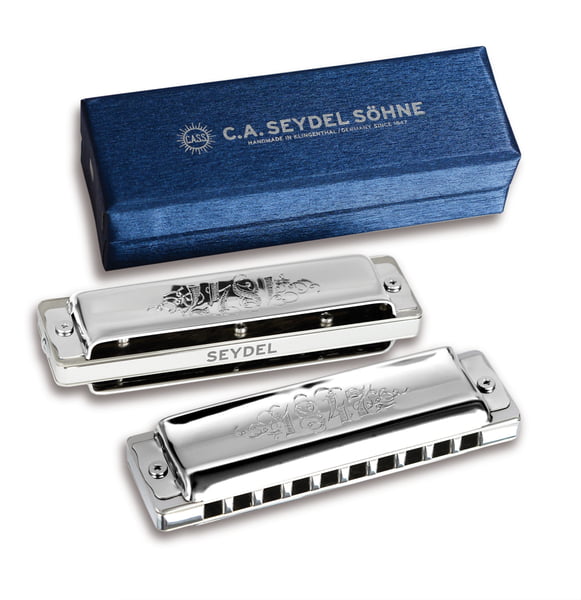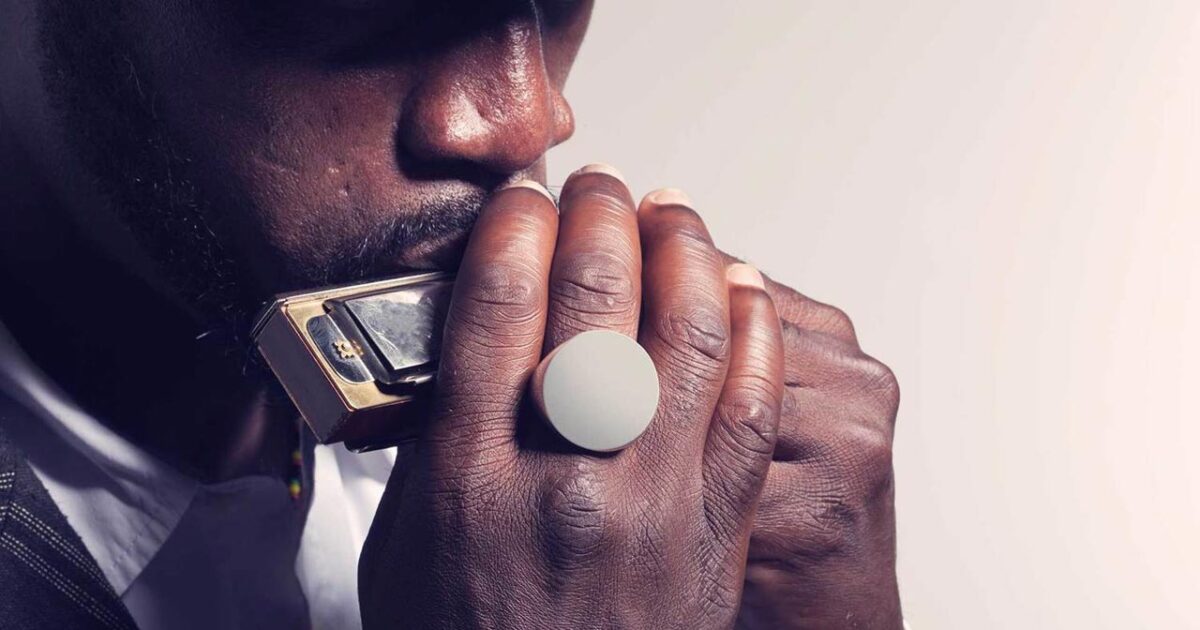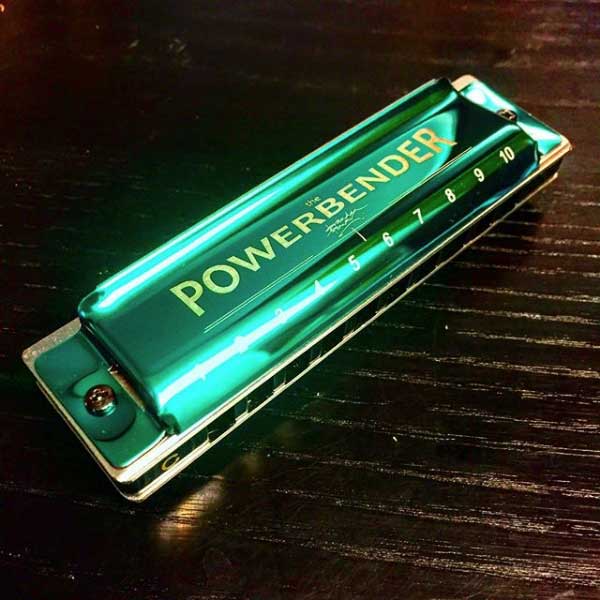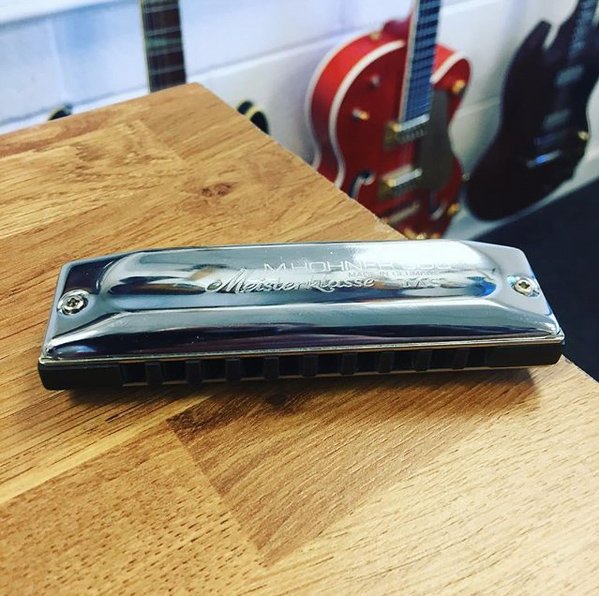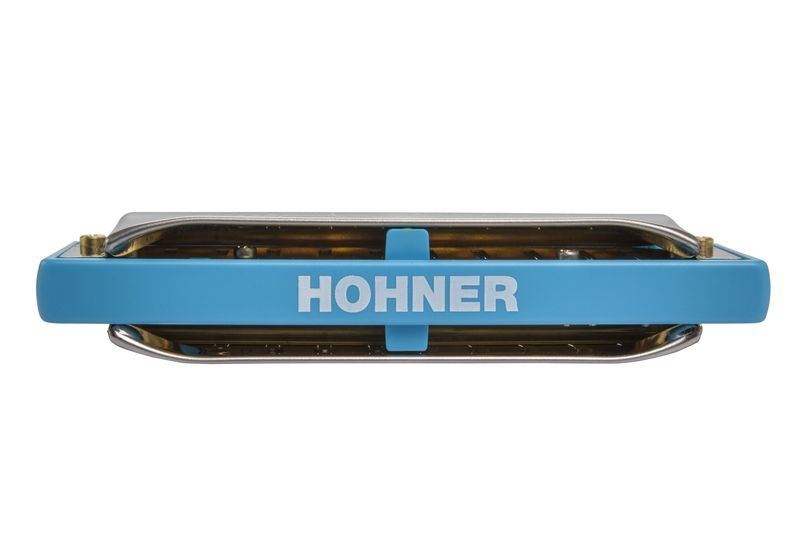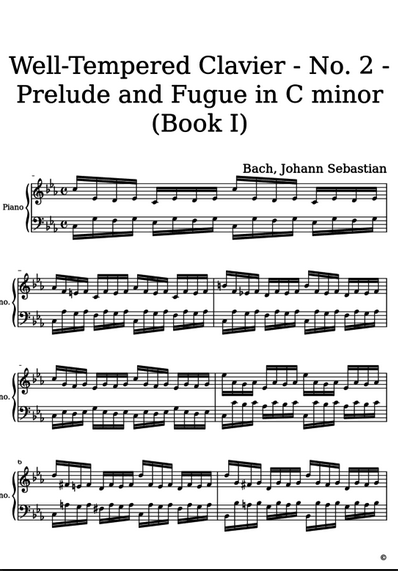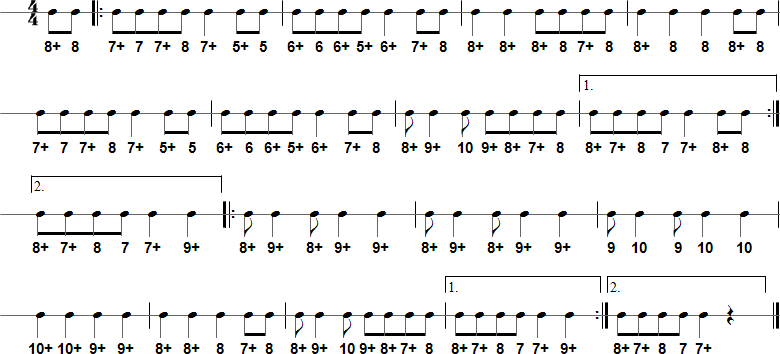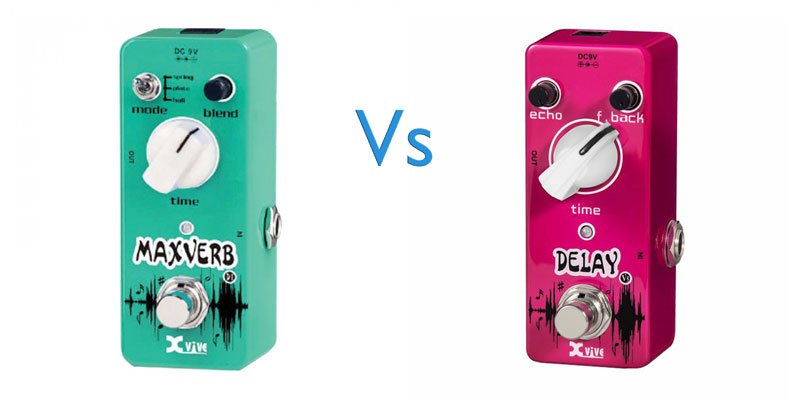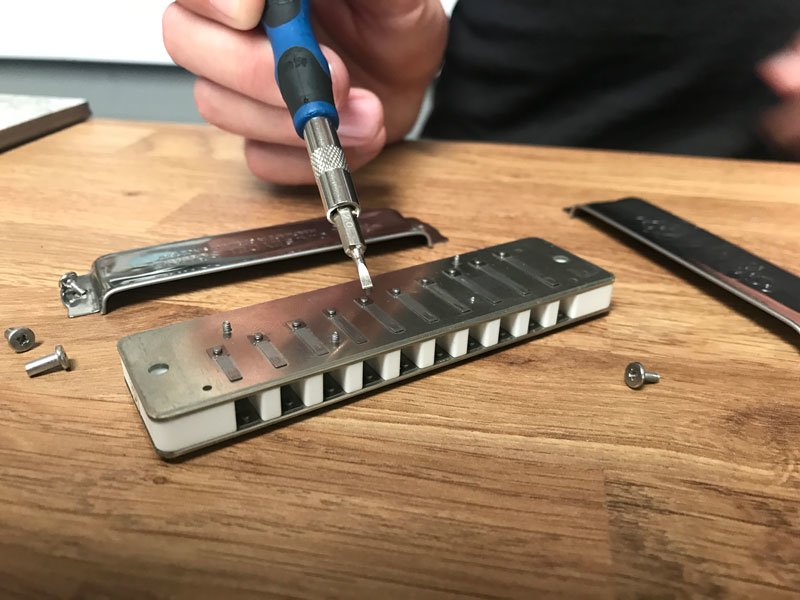Top 10 Diatonic Harmonicas
10 hole diatonic harps are the most popular type of harmonica, and can be used to play a wide variety of musical genres, from jazz, through to folk and rock. Here, in no particular order, is our top 10:
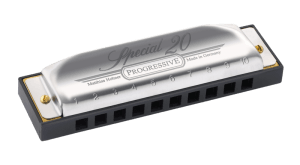
This is the harmonica that I recommend to customers who ask me the question ‘What harmonica should I start off with?’ The reasons? – it’s easy to play, bends well, is durable, thanks to an ABS comb that doesn’t swell, and it’s good enough for professional use yet costs only £30. One of the best value to performance harmonicas on the market, and a great instrument for all levels of player.

Many players will make a case for the Marine Band Classic to be included in this list, but, for me, its flaws outweigh its undoubtedly great tone and playability. Instead, I’d recommend the Hohner Crossover, which comes from the Marine Band range and shares many of the older harp’s features, but has none of its disadvantages.
So, you get a bamboo comb, which gives a tone that’s very much classic Marine Band, but with none of the older harp’s swelling issues. The reeds are higher quality than the 1896 model, too, and the bolted construction ensures that it’s much easier to take care of, and change reed plates when the time comes to do so.
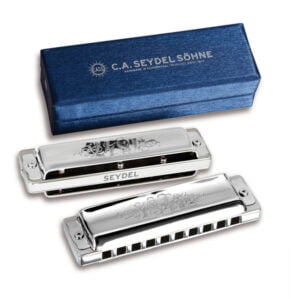
The Lightning is a new harmonica from Seydel, but it is based on the successful 1847 design. The main difference between the Lightning and the other 1847 models is its stainless steel comb and hardware. This results in a bright and lively tone, with great expressiveness and with a bombproof feel in the hands; if you like a heavy and super durable harp, this should be at the top of your list.
4. Suzuki Manji
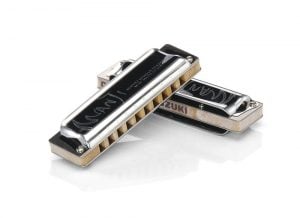
Suzuki’s composite comb is the standout feature of the Manji. It provides the tone and feel of wood with the swell resistance and general durability of plastic or metal. Combined with phosphor bronze reeds and a tuning that is close to equal temperament this gives a long lasting and sweet sounding harmonica that easily stands up to comparison with Hohner‘s Crossover and Seydel’s 1847 range.
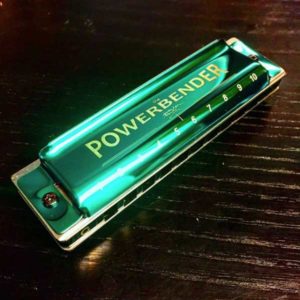
Alternative harmonica tunings have been around for decades now, but few work as well for general blues riffs and bending as Brendan’s Powerbender tuning. You can specify many of Seydel’s harps with this tuning, but a less expensive route in, for those who want to experiment with a Powerbender, is to buy one of Brendan’s own harps. These come in two designs, one built by Easttop and the other by Kongsheng, and both retail for under £30. Having played both models, I generally prefer the Kongsheng version, which resembles the love-child of a Special 20 and a Session Steel, and is surprisingly loud and easy to bend on.

Rosewood has been a common material for guitar fretboards for decades, but Suzuki is the only manufacturer to find a use for it in harmonicas. The result is an admittedly expensive harmonica that has a rich and full tone, thanks to its rosewood cover plates and comb.
Unfortunately, due to CITES restrictions on the international trade in rosewood, Pure Harps have recently switched to Hawaiian Koa, which has similar tonal properties, and is also an exotic wood, but is lighter in colour and not subject to restrictions. I’ve yet to play one of these new models, but I’m hopeful that they will be just as good as the original.
7. Lee Oskar Diatonic Range
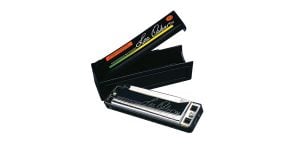
Lee Oskar, in collaboration with Tombo of Japan, created the first modular diatonic range (aped later by Hohner with the MS line), and they remain some of the most popular harmonicas on the market. It’s easy to see why, too: a wide range of keys and tunings, relatively inexpensive replacement reed plates, durable plastic combs, interchangeability of parts between models, and an easy-playing, easy to bend personality.
Many players seem to view the Special 20 and Lee Oskar Major Diatonic as some sort of focal point for a culture war – you’re either a Special 20 or a Lee Oskar fan, never a fan of both! The truth is, though, that they’re remarkably similar; the Hohner has, perhaps, a little more longevity to its reeds, whilst the Lee Oskar is easier to bend and comes in a wider variety of keys and tunings. Our advice is to try both!
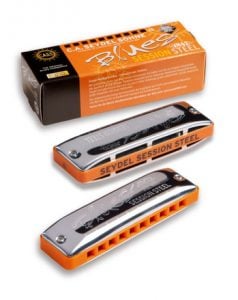
I have to declare an interest here, as this is the harp I most often play myself. It’s simple, has a clear tone with medium volume, lasts for ages, thanks to its stainless steel reeds and doesn’t catch the hairs on my beard like some harmonicas do. What more could you want?
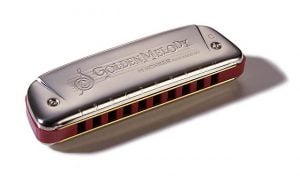
This is a somewhat overlooked harmonica, perhaps due to its 1950s ‘Streamliner’ aesthetic being at odds with its sound and feel. This is a shame, as underneath the retro exterior is a really nice harmonica, and, incidentally, the only current Hohner diatonic that’s tuned to equal temperament, making it great for melody lines. Try one and see what you’re missing!
10. Suzuki Promaster
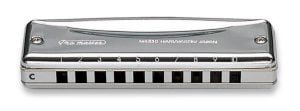
The Promaster comes in a few forms, but it’s the standard model that offers the best value. In fact, it’s remarkably well priced for a harp with an alloy comb from a major manufacturer. If you like the clean, bright sound of this type of harp, the Promaster is easily the least expensive route in; equivalent Hohners and Seydels can cost nearly double!
Addendum – Why Isn’t X, Y and Z on this List?
Although this top 10 is somewhat subjective, I’ve played and sold enough harmonicas over the years to know what works well, what lasts and what offers the best performance at a given price point, so there is some objective reasoning here as well as personal preference. Most harps that didn’t make the cut were ones that had a close relative that edged them out in performance. A Pro Harp is a nice harmonica, for instance, but it’s slightly more money than a Special 20 and offers no perceivable advantages, unless you’re really fixated with the black and gold aesthetics.
As ever, let us know what you think in the comments.
Jonathan Prestidge

